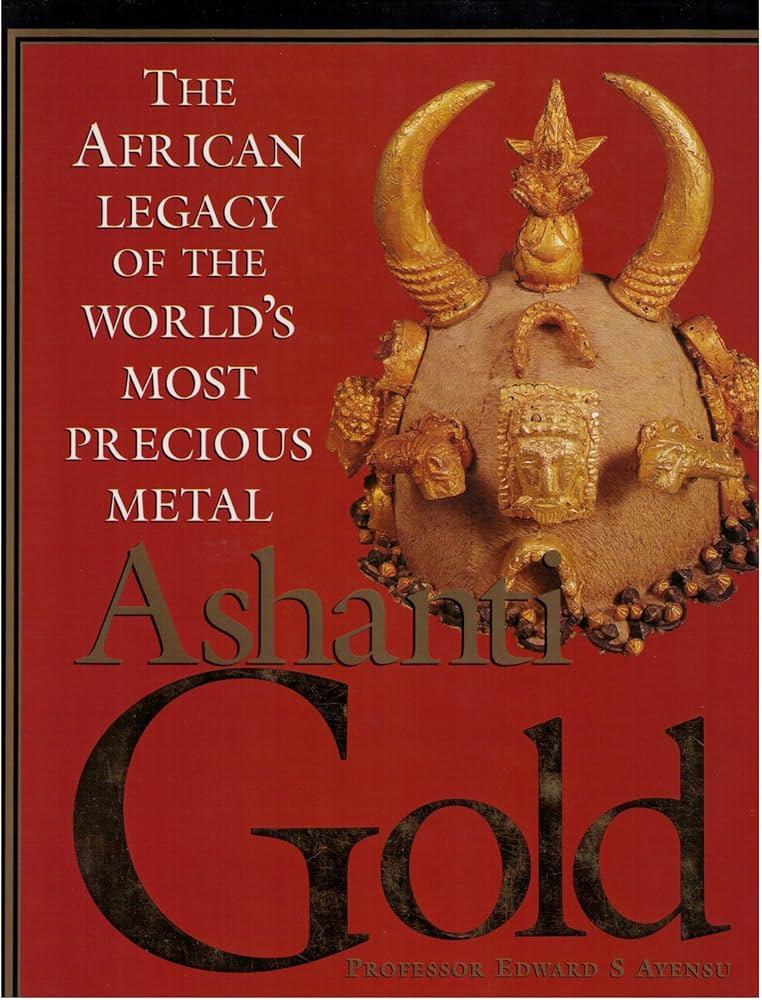The Legacy of the ashanti Empire: Unraveling the Golden Age of West Africa
introduction
The Ashanti Empire, a testament to african civilization’s prowess, ruled over a vast tapestry of people and territories in West Africa from the 17th to 19th centuries. Its legacy continues to inspire with its architectural advancements, military prowess, and cultural traditions. Step into the Golden Age of West Africa as we delve into the remarkable heritage of the Ashanti Empire.
A Reign of Expansion and Consolidation
The foundations of the Ashanti Empire were laid in the 17th century with the leadership of Osei Kofi Tutu I, the first Asantehene (king) and the architect of the Ashanti union. Through a combination of strategic alliances and military conquests, the Ashanti Empire expanded its reach to encompass a territory that spanned the present-day nations of Ghana and Côte d’Ivoire.
Architectural Marvels
The Ashanti people were renowned for their architectural ingenuity, with the capital city of Kumasi boasting magnificent palaces, forts, and public buildings. The most iconic among them is the Manhyia Palace, a royal residence that showcases the splendor and skill of Ashanti craftsmanship.
Military Prowess
The Ashanti Empire’s military strength was a cornerstone of its success. The Ashanti army, organized into disciplined units, employed innovative tactics and advanced weaponry. Their gold-plated swords, for which they became renowned, were both a symbol of power and a testament to their mastery of metalworking.
Cultural Traditions
the Ashanti Empire left an enduring cultural legacy that continues to shape West African traditions. The empire’s social structure, based on a hierarchical system of clans and lineages, still influences community association today. The Akan language, spoken by the Ashanti people, is one of the most widely spoken languages in Ghana and Côte d’Ivoire.
Economic Prosperity
Economic prosperity flourished under the reign of the Ashanti Empire. the empire’s wealth was derived from a combination of trade, agriculture, and the exploitation of natural resources such as gold and timber.The growth of a complex market system facilitated commerce within the empire and beyond its borders.
Golden Stool and Royal Regalia
A sacred symbol of the Ashanti nation, the Golden Stool is an intricate ceremonial throne that embodies the soul and power of the empire. The stool, believed to descend from the sky in 1700, represents the divinity and authority of the asantehene. Other royal regalia, such as the sword of state and the linguist’s staff, further reflect the importance of the Ashanti monarchy.
The Trans-Atlantic Slave trade
The Ashanti Empire’s legacy, while predominantly positive, also bears witness to the horrors of the trans-Atlantic slave trade. The empire played a role in supplying European traders with slaves, a commerce that had devastating consequences for West Africa.
Legacy in the modern Era
The legacy of the Ashanti Empire remains a source of pride and inspiration for Ghanaians and West Africans today. The empire’s military, cultural, and architectural achievements continue to be celebrated, and the Golden Stool remains a symbol of national identity. The empire’s commitment to education and governance provides lessons for modern-day leaders.
Conclusion
The Ashanti Empire, a beacon of African civilization, has etched its legacy on the fabric of West Africa. Its military prowess, architectural marvels, cultural traditions, and economic prosperity left an enduring impact on the region. While the empire’s involvement in the trans-Atlantic slave trade remains a sobering reminder, its rich heritage continues to shape West African societies and inspire generations to come.

